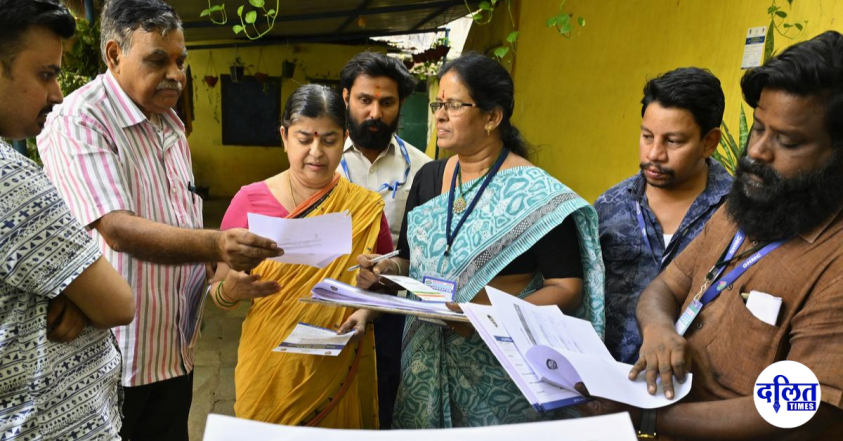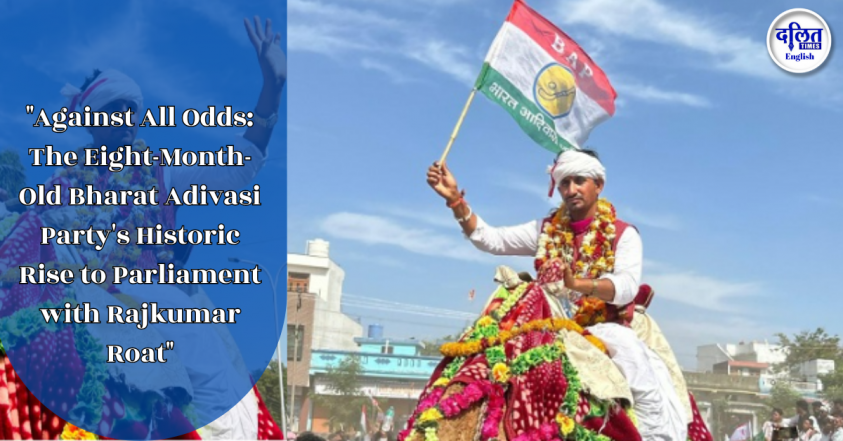As Babasaheb Ambedkar once said – “If you want to measure the progress of a community, measure the degree of progress women have achieved.”
India’s last comprehensive caste census was conducted in 1931. Since then, official caste data collection—apart from Scheduled Castes (SCs) and Scheduled Tribes (STs)—has been discontinued in decennial censuses. Despite this, multiple states, including Bihar (2023), Karnataka, and Andhra Pradesh, have conducted or initiated caste-based surveys to inform policy and address representational gaps.
Telangana is now poised to join this crucial conversation. On March 16, 2024, the Telangana Legislative Assembly unanimously passed a resolution demanding a nationwide caste census. This is not just a bureaucratic exercise—it is a moral, social, and constitutional necessity.
Legal and Constitutional Context
- Article 15(4) and 16(4) of the Constitution empower the state to make special provisions for the advancement of socially and educationally backward classes.
- Article 340 mandates the President to appoint commissions to investigate the conditions of backward classes.
- The Indra Sawhney Judgment (1992) recognized the importance of caste in identifying social and educational backwardness, legitimizing the use of caste-based data for reservations.
- The Right to Equality (Article 14) and Right to Equal Opportunity (Article 16) can only be meaningfully realized if the state knows who is being left behind and why.
Also Read: Who Owns the State? Karnataka’s Bureaucracy and the Spectacle of Dominant Caste Power
Without accurate data, the implementation of affirmative action becomes arbitrary, opaque, and vulnerable to dominant caste manipulation.
Historical Background: Telangana’s Caste Landscape
Telangana, formed in 2014, has a distinct socio-political trajectory shaped by caste. Despite numerous commissions and surveys, there has been no comprehensive, recent caste data made public for the state.
- SECC 2011 collected caste data but the report was never fully released.
- Kapu Commission (1968) and similar studies provided partial insights but lacked scientific rigor or public dissemination.
As of 2021, Telangana’s population is approximately 3.54 crore. Here is the estimated caste composition:
| Category | Approximate Share |
| Other Backward Classes (OBCs) | ~46.25% |
| Scheduled Castes (SCs) | ~17.43% |
| Scheduled Tribes (STs) | ~10.48% |
| Forward Castes (Upper Castes) | ~13.31% |
These figures remain unofficial and contested—highlighting the urgency of a formal, scientific caste census.
Dominant Caste Overrepresentation
Reddys and Velamas (Forward Castes)
- Politically and economically dominant in Telangana.
- Reddys: Historically landowners, now dominant in real estate, bureaucracy, and industry. Reports suggest 6 of Hyderabad’s top 10 billionaires are from this community.
- Velamas: Influential through political leadership, most notably K. Chandrashekar Rao (KCR), the state’s first Chief Minister and founder of BRS.
Despite their minority numbers, these groups wield disproportionate power—a reality hidden by the absence of disaggregated data.
Scheduled Castes: Malas and Madigas
- Malas: Benefited more from reservations; some entry into education and public sector.
- Madigas: Historically leatherworkers, still among the most marginalized. The Madiga Reservation Porata Samithi (MRPS) continues to demand sub-categorization of SC reservations to ensure equitable distribution.
Also Read: Beyond Caste: The Everyday Untouchability of Delivery Workers
The fight between these two major SC communities itself illustrates the need for granular caste data.
Scheduled Tribes: Lambadas and Gonds
- Lambadas (Banjaras): Politically represented but accused of monopolizing tribal benefits.
- Gonds: Concentrated in districts like Adilabad and Komaram Bheem, facing displacement, forest loss, and poor access to education and healthcare.
Intra-ST conflicts over benefits, particularly the demand to delist Lambadas from the ST category, make a caste census even more urgent for fair policy formulation.
OBC Communities: Munnuru Kapus, Yadavs, Mudiraj, Gouds
Munnuru Kapus
- Sub-group of Kapus; involved in agriculture and increasingly in business and tech.
- Politically active in BRS and BJP.
Yadavs
- Dominant in dairy and animal husbandry sectors.
- Significant representation in police and government jobs via OBC quota.
Mudiraj
- Traditional fishing and agricultural caste; now in construction and small-scale trade.
- Demand stronger voice within OBC politics.
Gouds
- Once toddy-tappers, now prominent in retail, liquor, and local governance.
- Influence seen in excise policies and party patronage.
Why a Caste Census Matters
- Data-Driven Affirmative Action: Reservations and welfare schemes must reflect actual demographic proportions.
- Political Representation: Constituency delimitation, party nominations, and leadership roles should be democratized.
- Resource Allocation: Social programs should target those truly in need, not just the politically vocal.
- Intra-Community Justice: Sub-categorization demands within SC and ST groups require evidence-backed redressal.
Also Read: Torture for Demanding Wages: Dalit Minors from Rajasthan Brutally Assaulted in Chhattisgarh
Barriers to Implementation
- Upper Caste Opposition: Fear of losing unmerited privileges under the guise of “merit.”
- Political Manipulation: Attempts to use caste surveys for electoral polarization.
- Methodological Flaws: Incomplete surveys (like SECC 2011) have shown the risks of rushed or politically influenced processes.
A Democratic Necessity
A caste census in Telangana is not just a policy issue—it is a test of our constitutional commitment to equality, justice, and representation. Denying this data sustains caste hierarchies. Accepting it can disrupt the power held by a few, but it can also empower the many.
By Bindu Ammini – Advocate, Writer, Dalit Feminist & Legal Advisor, Dalit Times



